Ho Chi Minh City needs to take into account inflation and GRDP growth when adjusting land price list.
Ho Chi Minh City People's Council delegates said that the City needs to carefully calculate the impacts when adjusting the land price list, especially factors related to inflation stability, GRDP growth and social stability.
On the afternoon of August 20, the Ho Chi Minh City People's Council held a conference to consult with City People's Council delegates on land price adjustment.
According to delegate Vuong Duc Hoang Quan, Chairman of the Board of Ton Duc Thang University, the amendment and adjustment of the land price list has a clear legal basis, which is the 2024 Land Law. The adjustment of the land price list is generally consistent with the policy of orienting the market economy .
However, when it comes to prices, it is necessary to consider the overall goals for the economy, including GRDP growth, inflation stability, social stability, etc.
For example, when assessing economic growth, let's assume we have not yet discussed whether the budget can meet compensation for projects now or next year, and if it cannot, how will the delay of projects affect the economy?
Similarly, when people receive compensation according to the new price list, the total money supply in society will change, will it affect inflation or not? What is the impact, and by what number we need to calculate.
According to Mr. Quan, the City needs to consider situations with specific prices, then propose to differentiate according to each roadmap and apply which price level will be best for the City's economic growth rate, to control inflation...
"To increase persuasiveness, we must calculate the total economic and social goals in a comprehensive and systematic manner, not based on numbers or qualitative arguments," said Mr. Quan.
The same is true for society. If people do not have enough money to convert land use purposes, will it lead to illegal land use or housing construction? If so, how will it affect social order management? “We need to calculate all of these issues in specific numbers.”
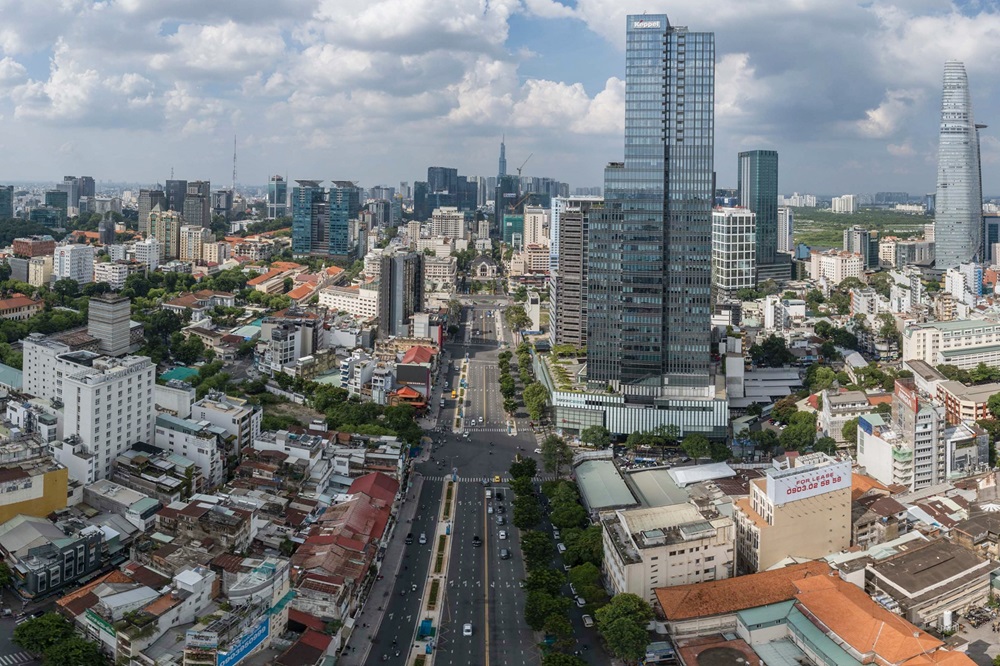 |
| Le Loi Street (District 1) will cost 810 million VND/m2 according to the draft new land price list. Photo: Le Toan |
At the conference, many delegates also expressed concerns about how the sudden increase in prices, leading to high housing prices, will affect housing prices in projects? How will it affect compensation and site clearance in projects? Increased land prices will increase input costs for real estate businesses, leading to a financial burden for people.
According to delegate Tran Quang Thang, when the adjustment increases, people will have to pay higher financial obligations when changing land use purposes or applying for land use right certificates.
Real estate businesses will face higher input costs, leading to increased product prices. Increased land prices can reduce purchasing power and transactions in the real estate market, affecting the development of the industry.
Delegate Thang said that these impacts require careful consideration from management agencies to ensure that the adjustment of the Land Price List brings maximum benefits and minimizes negative impacts.
Explaining the specific impacts on each group of subjects, Mr. Nguyen Toan Thang, Director of the Department of Natural Resources and Environment, said that when adjusting the land price list, it will have an impact on determining financial obligations when performing 5 administrative procedures related to land use and assets attached to land of households and individuals.
For example, in the case of changing land use purpose from agricultural to residential land, according to the results of land statistics in 2023, the impact of adjusting the land price list on the change of land use purpose of households and individuals in the City is divided into 3 groups.
Of which, there are 6 districts that are not affected due to the lack of agricultural land in the area, including districts 1, 3, 4, 5, 10, Phu Nhuan. In addition, there are 7 districts that are not affected due to the agricultural land area within the project boundary, including districts 6, 7, 8, 11, Binh Thanh, Go Vap, Tan Binh.
The 9 districts and Thu Duc City affected include: District 12 (1,133 ha), Tan Phu (27.9 ha), Binh Tan (854 ha), Nha Be District (4,624 ha), Cu Chi District (31,127 ha), Hoc Mon District (5,235 ha), Binh Chanh District (16,555 ha), Can Gio District (46,975 ha), Thu Duc City (4,558 ha) with a total remaining agricultural land area of more than 111,090 ha.
For land users who have been granted land use right certificates for the first time, according to statistics, the remaining land plots that have not been granted certificates are 7,779 plots, mainly located in outlying districts.
In case 7,779 land plots are granted land use right certificates for the first time in the form of land use right recognition, they will be in 6 cases where they do not have to pay land use fees, or in 4 cases where they have to pay land use fees at a rate of 10% to 60% of the land price according to the Land Price List.
However, in case of ineligibility to pay land use fees, Decree 103/2024/ND-CP shall be applied to carry out procedures for recording land use fee debt. When transferring, land use fees shall be paid according to regulations.
Source: https://baodautu.vn/batdongsan/tphcm-can-tinh-den-yeu-to-lam-phat-tang-truong-grdp-khi-dieu-chinh-bang-gia-dat-d222871.html



![[Photo] Nearly 3,000 students moved by stories about soldiers](https://vphoto.vietnam.vn/thumb/1200x675/vietnam/resource/IMAGE/2025/5/17/21da57c8241e42438b423eaa37215e0e)













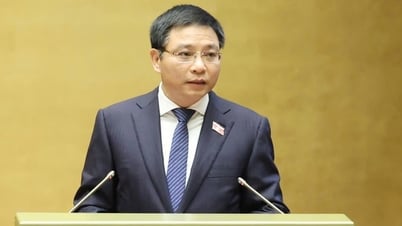

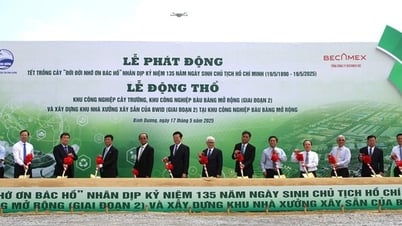





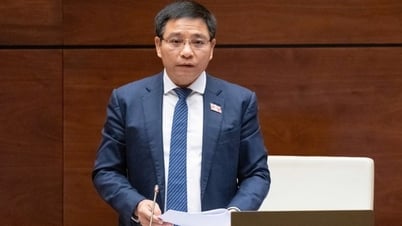









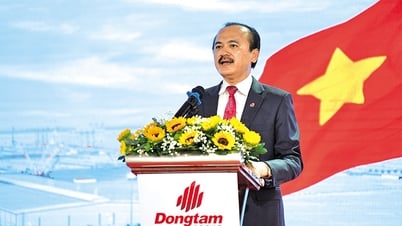

















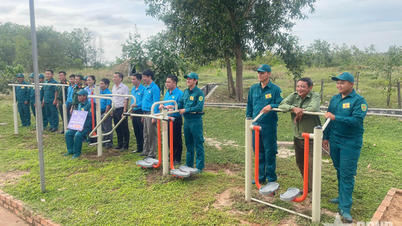
















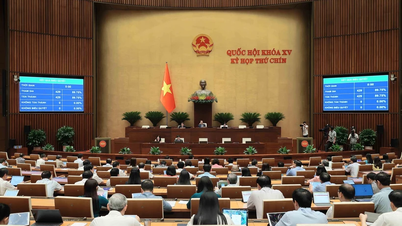









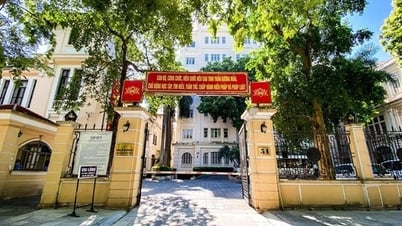


![[Infographic] Numbers about the 2025 High School Graduation Exam in Dong Thap Province](https://vphoto.vietnam.vn/thumb/402x226/vietnam/resource/IMAGE/2025/5/17/c6e481df97c94ff28d740cc2f26ebbdc)
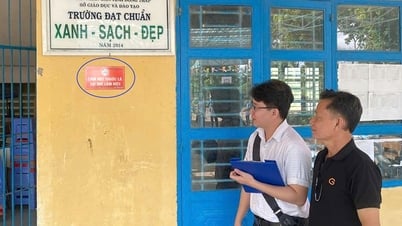




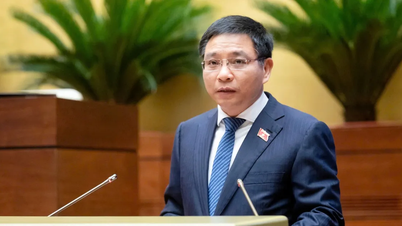













Comment (0)